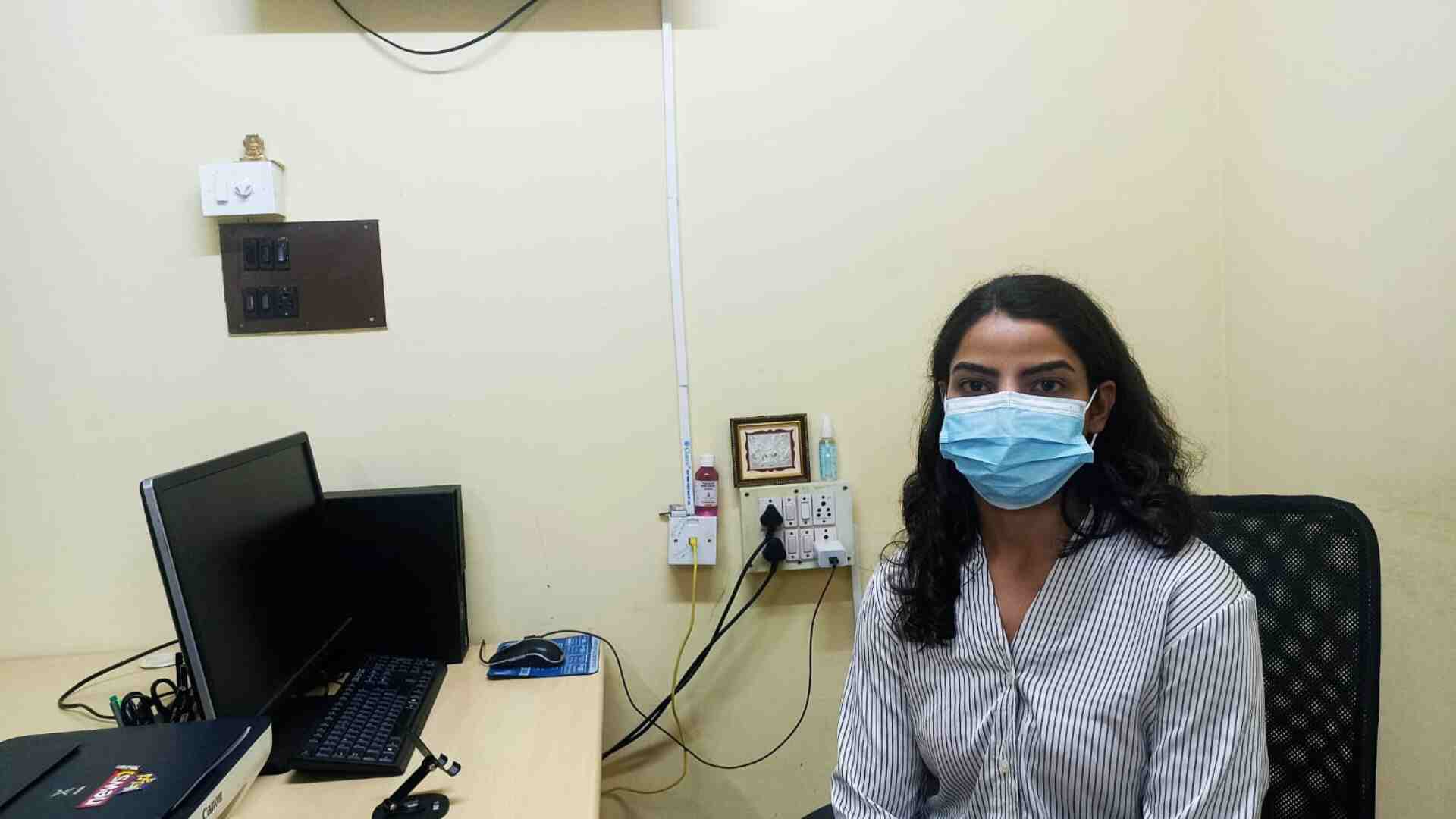As temperatures shift, it’s common to see people around dealing with coughs, colds, and other upper respiratory infections affecting the nose, throat, and lungs. Doctors report that typical symptoms include runny or stuffy nose, sore throat, sneezing, coughing, mild headaches, and a slight fever. While these colds usually clear up within a week to ten days, they can linger in young children, older adults, and those with weakened immune systems.
Common Viruses Behind Seasonal Colds
There are over 200 viruses that can cause colds, with several types being particularly widespread:
1. Rhinovirus
Rhinovirus is responsible for nearly 50% of cold cases worldwide, spreading year-round but especially active during early fall and spring. Crowded spaces like schools and workplaces make it easier for rhinovirus to spread. Symptoms are typically mild and fade within a week or so, but it can cause ear or sinus infections and respiratory issues, especially in individuals with asthma or allergies.
2. Coronavirus
Another common virus that can cause cold symptoms is the coronavirus. Though best known for causing COVID-19, coronaviruses also account for about 15% of seasonal colds, peaking in winter. These colds usually resolve within a week but may cause severe respiratory issues, particularly in people with compromised immunity. Doctors recommend testing if you have symptoms after exposure to COVID-19, as severe cases may require medical attention.
3. Enterovirus
Enteroviruses consist of over 300 virus types, including rhinoviruses, coxsackieviruses, echoviruses, and polioviruses. These viruses can cause a range of illnesses. The enterovirus D68 (EV-D68) and coxsackievirus are notable for respiratory issues, while some, like hand, foot, and mouth disease or aseptic meningitis, present cold-like symptoms but are non-respiratory.
4. Human Parainfluenza Virus (HPIV)
Human parainfluenza viruses (HPIV) are common culprits for sore throat, fever, congestion, and chest pain. HPIV can lead to upper and lower respiratory infections, severely impacting airways and lungs, especially in children under 5. Doctors note four types: Types 1 and 2, which are common in fall, and Type 3, which peaks in spring and early summer. Types 1 and 3 often lead to more serious conditions, such as croup, bronchiolitis, and pneumonia.
5. Adenovirus
Adenoviruses cause colds that can last longer than those from other viruses, sometimes for weeks or months. Most prevalent in early spring and winter, adenoviruses spread easily in shared spaces like daycare centers, hospitals, and schools.
Identifying the Virus Behind Your Cold
While determining the specific virus type can be challenging, certain symptoms may offer clues. For instance, a barking cough often points to parainfluenza, while a cold with pink eye may indicate adenovirus. In most cases, testing isn’t required unless complications or severe illness arise.
Preventing Colds
Although it’s hard to avoid colds entirely, there are ways to reduce the chances of getting one or spreading it:
Keep a distance from others when unwell
Avoid touching the face with unwashed hands
Disinfect surfaces frequently
Take vitamins C and D, or zinc
Cover your mouth and nose when coughing or sneezing
Steer clear of crowded places during peak cold seasons
Stay home if you’re sick
Wash hands regularly with soap and water
Stay Informed and Protected
While colds typically last about a week, they can persist in people with lower immunity, such as young children and the elderly. Knowing the types of viruses and preventive measures can help manage symptoms effectively and reduce the risk of extended illness.
















